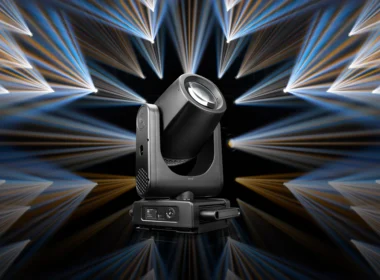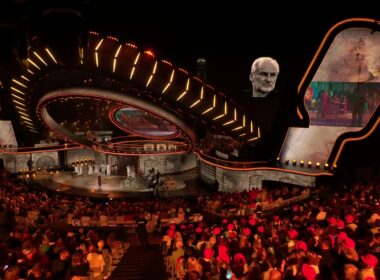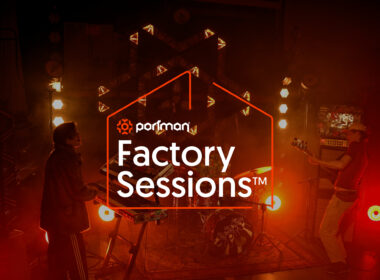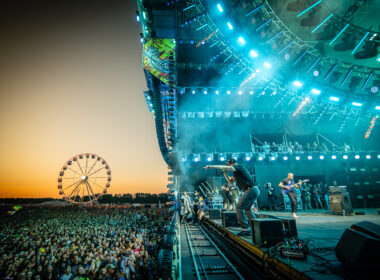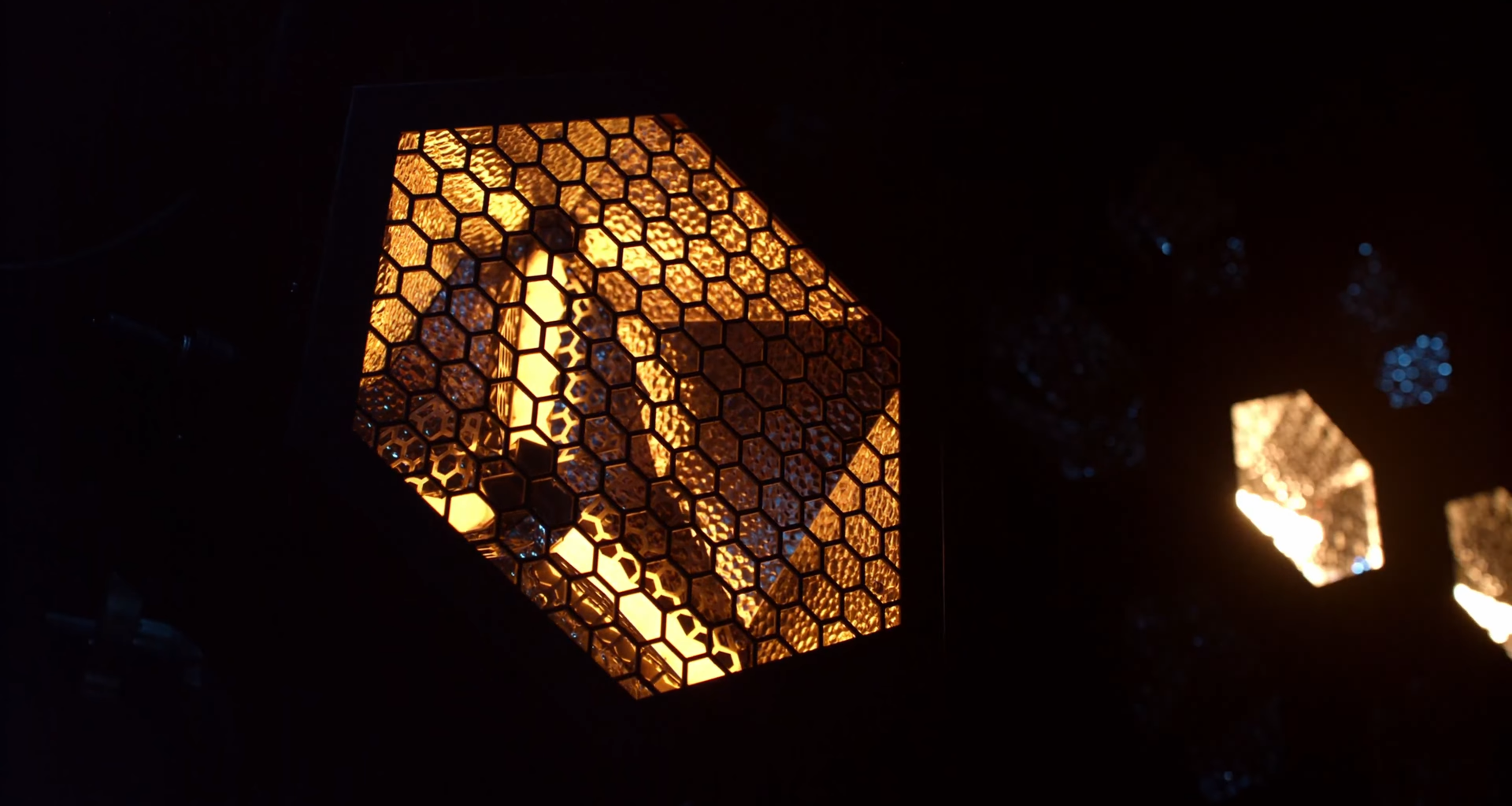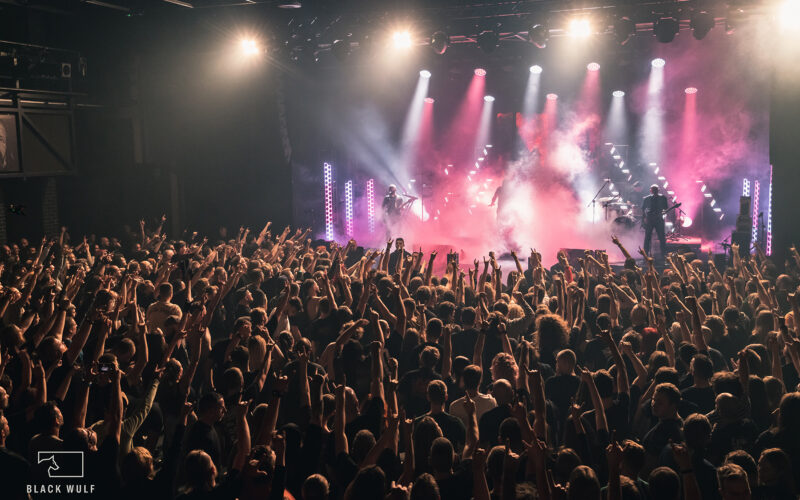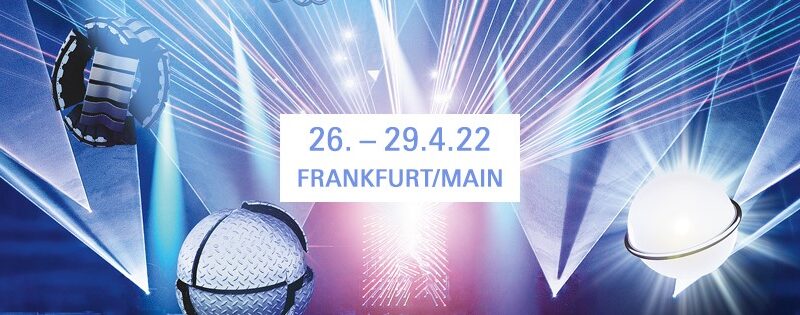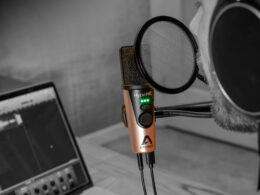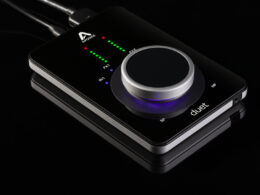Our Polish "Porter" goes with the times. How? By announcing a new collection of "old" fixtures, i.e. everything we like best, but in a less energy-intensive edition. Portman has refreshed its iconic P1, P2 Hexaline and P3 PIX3L fixtures. The manufacturer has replaced traditional halogen light sources with proprietary LED modules and retrofitted all fixtures with RGBW ambient backlighting.
This is undoubtedly a good move by the company. As we all know, Portman cool, Portman nice, but the amount of electricity it consumes is cosmic.
And so we get three of the most iconic refreshed luminaires. For comparison - P1 Retro in the classic version consumes up to 1.61kW of current, the EVO version at max up to 340W, P2 Hexaline in the classic version up to 1.38kW, in the EVO version 310W, while P3 PIX3L in the classic 690W, in the EVO version 240W. It is worth mentioning here that the values are given for maximum power consumption, which means we also include the RGBW glow effect.
As for the quality of the LED modules, which are supposed to mimic real halogen light, the manufacturer states in numbers that it is supposed to match. At the lower dimmer value, the lighting reaches a color temperature of 1600K, at maximum illumination it is supposed to be 3200K. If the same modules that are in the S-Tribe were used (and I had the opportunity to test them) then it is indeed very satisfactory. Attached to classic halogen blinders, the mentioned modules from S-Tribe did not stand out in any way. And yet, that's the point. In short: either it will be the same or it will be better.
Looking at the control it is, of course, thanks to the technology used and the additional RGBW module we get more DMX modes. The classic one for the fixture itself just to control the halogen and LED fixture, and extended ones that will most likely allow more detailed control of the device such as pixel mapping of ambient light, additional sections and the manufacturer knows what else. There's supposed to be a lot of it - using the P3 PIX3L, the smallest device in the series, as an example - the smallest mode is supposed to have 9 channels and the largest 47. At the time of writing, unfortunately, no manuals or libraries are widely available yet to get a sneak peek at exactly what this looks like.
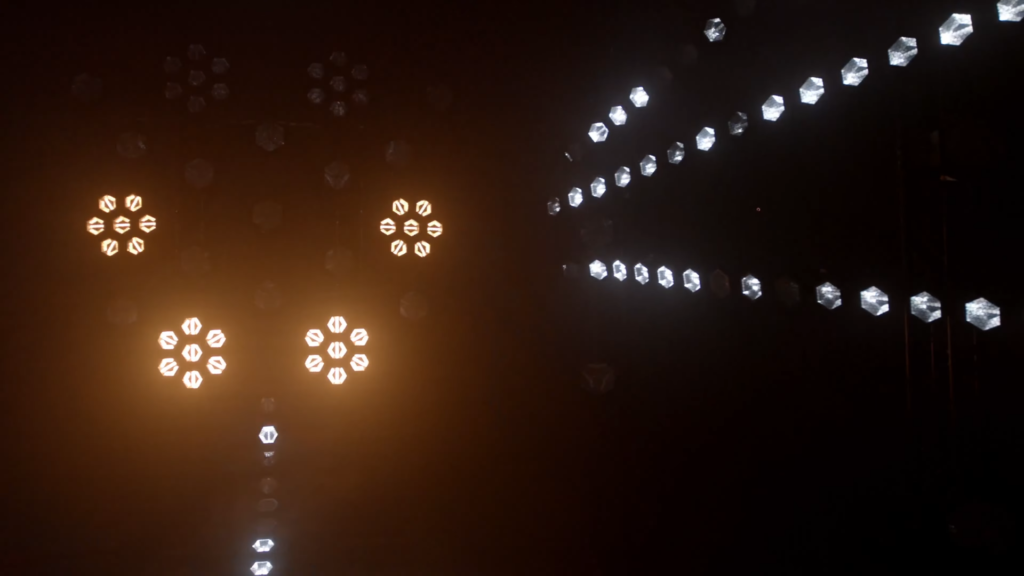
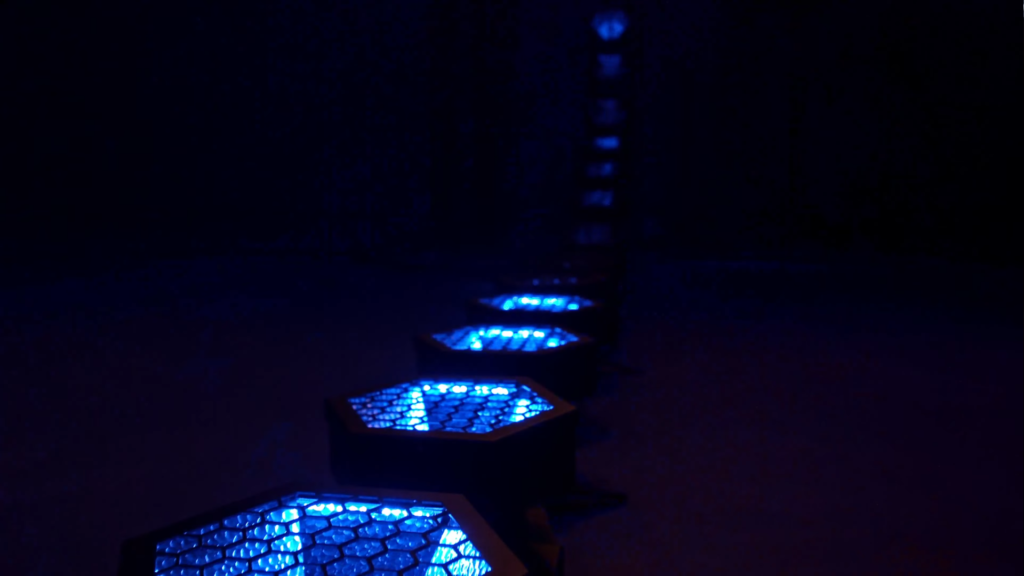
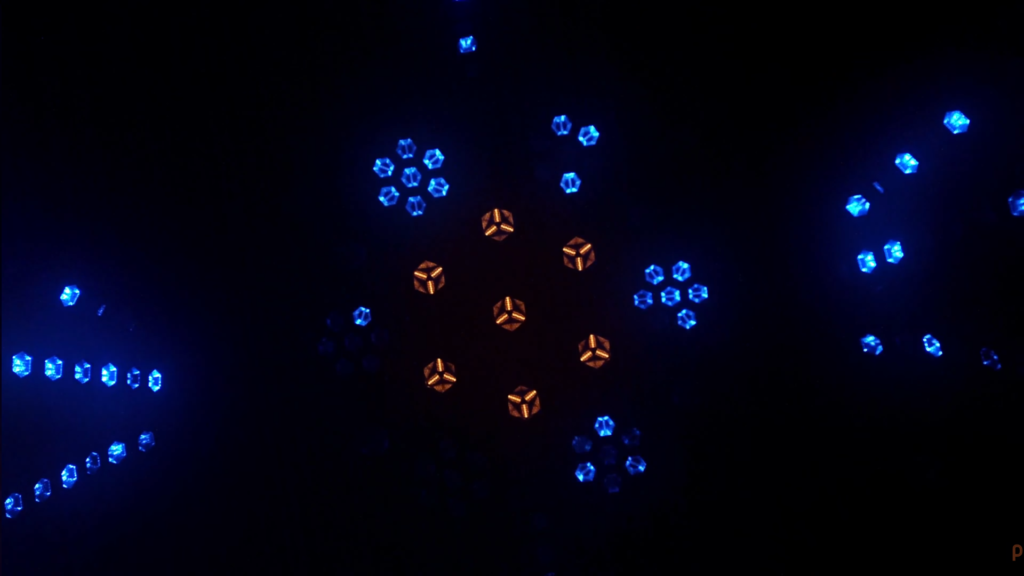
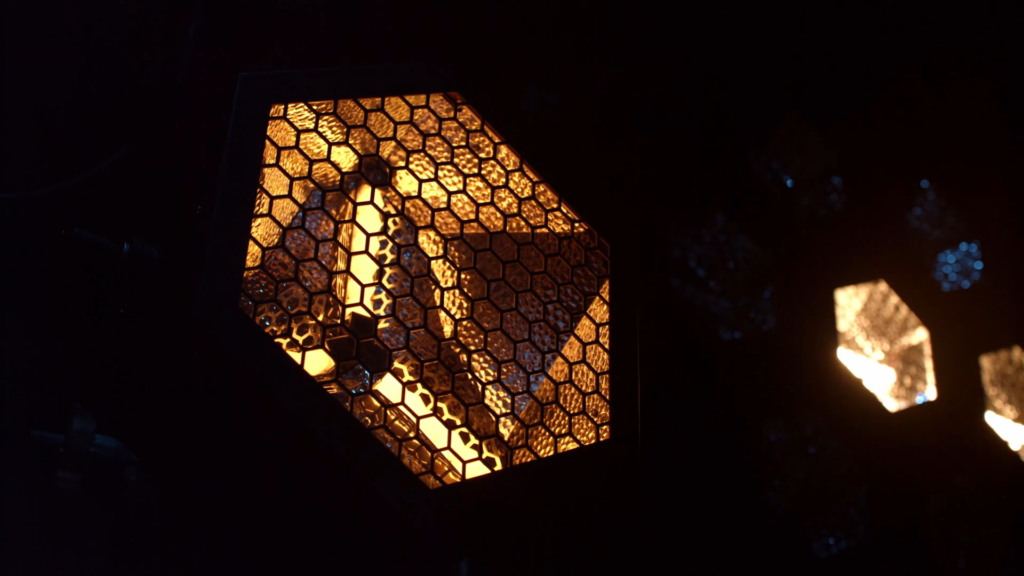
To sum up, instead of one classic P1 Retro, we can connect almost five of the EVO version into the same phase. This will certainly encourage the building of larger lighting sets with Portmans. The additional ambient function on the plus side, as long as the whole thing is not over-engineered and does not affect the failure rate of the devices. In my opinion, we have another success performed by our compatriots.
The devices had their premiere on January 25. The first batches were supposed to go in the second half of February, but for the moment we are still waiting, we will definitely be catching a few pieces for detailed testing! And for more information, please visit manufacturer's website.
Manufacturer: PortmanDistributor: P.S. Theater.


